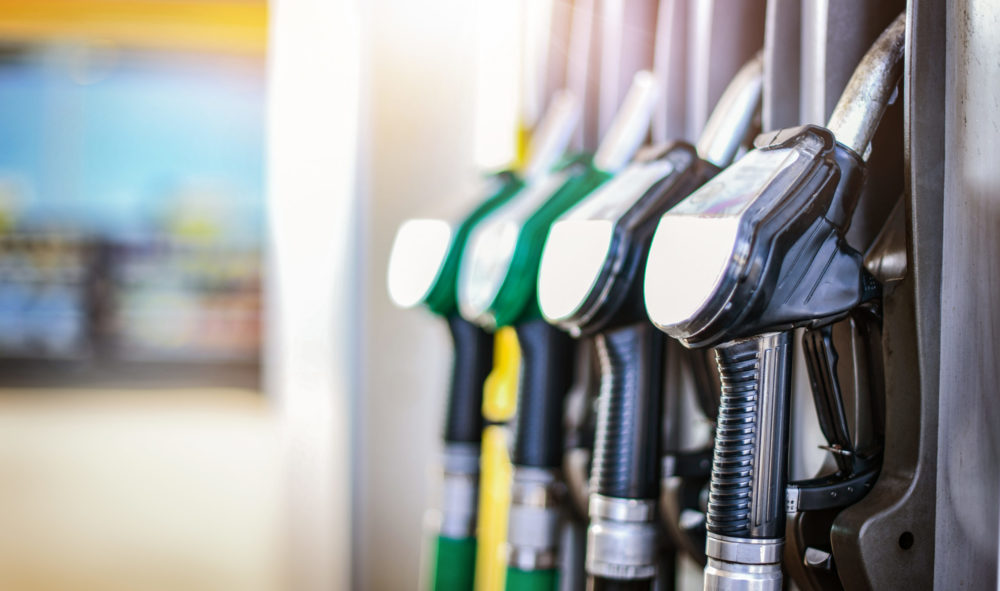If you’ve recently filled up your car, bike, or truck, there is no doubt that you already noticed that diesel prices have risen by quite a bit. The average price of fuel has increased by 90 cents over the course of the past year. Even if you’re not driving around as much these days, this change is hard to avoid or miss on the local news or social media.
However, if you have missed out on the news, we have you covered here. Keep reading to find out everything you need to know about the recent increase in diesel prices.
Rise in Diesel Prices
As mentioned above, the average price per gallon rose 7/10 of a cent (90) to $3.338 a gallon. The energy information administration finalized and reported the changes on July 12th. The administration further added that it’s making efforts to maintain the rise and fall in fuel prices with a disciplined approach that deals with fuel technology and efficiency.
The approach also manages the pump cost via reduced out of route mileage and in-network fueling. It aims to lower engine idling and encourage drivers to take planned routes. To keep up with the rising prices, drivers also need continual coaching.
According to Paper Transport’s vice president of operations, Wes Kornowske, fuel prices may fluctuate but the disciplined approach doesn’t. It plays an extremely important role in helping drivers manage the fluctuating diesel prices.
Factors Behind Fluctuating Diesel Prices
It’s worth mentioning that the summer consumption of gasoline is higher compared to other seasons. In fact, the increase in truckers on the roads in the USA has significantly amplified the gasoline requirement. Moreover, the 37 percent hike in diesel prices, compared to 2020, has affected the surcharge fees of fuel proportionately.
The monthly market update regarding the expected rise in diesel prices is very useful if you want to keep yourself updated. It guides people on the impact of fuel prices and keeps them informed about the current carbon emission taxes.
Impact of Increased Diesel Prices
The increasing price doesn’t just impact the regular commuter or drivers on the road. Many organizations of nonmember division, and OPEC in the petroleum exporting states, also have to wrestle with the global impasse, threatening the prices domestically.
These organizations, as a result, have to collaborate with courtiers like UAE and Saudi Arabia to increase oil output. Other oil distributors like Russia are also working hard to bring other countries to one table.
The upward pressure on the prices is the real concern in the market. The International Energy Agency has warned oil suppliers to increase production to avoid a further hike in the prices.
Summing Up
The high prices of diesel have become a concern for both commuters, truckers, and organizations dependent on gasoline for operations. Since the demand doesn’t seem to be slowing down, the pressure on the prices will most likely remain the same.
Links
https://www.wane.com/top-stories/after-short-lived-decline-gas-prices-again-climbing-higher/
https://www.ttnews.com/articles/average-price-diesel-nudges-3338-gallon


